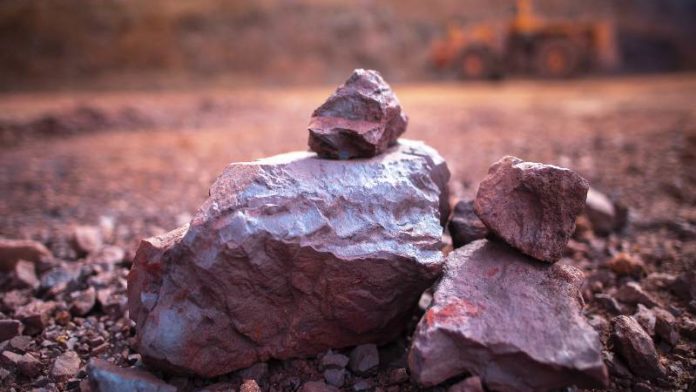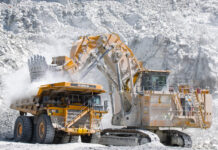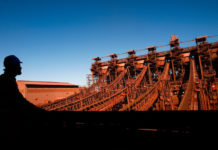
SHARES in Kumba Iron Ore have gained just over 8% in the last week following an improvement in iron ore prices.
According to a report by Reuters, the steel raw material is having a strong start to the year owing to robust imports by China, the world’s largest buyer of the mineral.
Shares in Anglo American, which has a 70% stake in Kumba, have gained just over 4% over the same period. The diversified miner’s share price was shredded last year as it cut production guidance amid poor prices for its commodities.
China has added enough stimulus to its economy to boost demand, the newswire said. Iron ore contracts traded in Singapore ended at $135.31 a metric ton on January 26, posting a weekly increase after declining for the two previous weeks, it said.
The increase in prices last week came as China’s central bank on January 24 announced a deep cut in the amount of cash banks are required to hold in reserves, a move aimed at boosting lending to fund property and infrastructure development.
The People’s Bank of China trimmed the reserve requirement by 50-basis points, the biggest cut in two years in the amount of cash banks must hold as reserves, effective from February 5.
Demand side prospects may be incrementally improving – according to the Ministry of Finance, China’s fiscal policy in 2024 will be more proactive with more investment directed tourban village renovation, said Morgan Stanley in a report on January 15.
“Iron ore’s own key drivers point to price being well supported over H1,” said the bank. Strong seaborne volumes at the end last year are already be priced in, it added. This means seasonally lower shipments from Australia and Brazil over the first half even with a softer El Niño weather pattern – should be “price supportive”.
China, which buys about 70% of global seaborne iron ore, is on track to import more than 100 million tons in January, said Reuters citing data compiled by commodity analysts Kpler and LSEG.
Kpler has tracked arrivals of 109.36 million tons, which would be the most since the all-time high of 112.65Mt from July 2020.
LSEG is forecasting arrivals of at least 108.47Mt, and if the tracking data proves in line with the official customs number, it would mean an increase of about 7.5% from December’s imports of 100.86Mt.
The state of China’s port inventories are also supportive of further imports, with stockpiles monitored by consultants SteelHome rising to 124Mt in the week to January 26, said Reuters.










